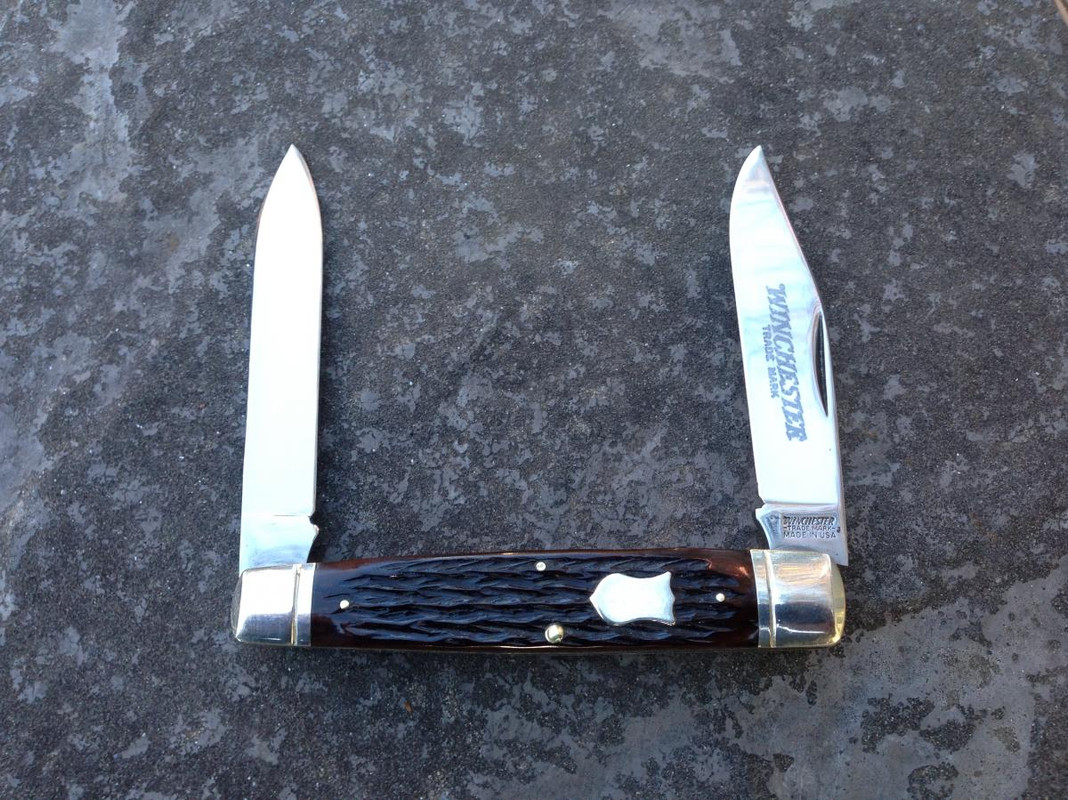afishhunter
Basic Member
- Joined
- Oct 21, 2014
- Messages
- 14,768
Which of these two patterns came first?
Which is more "sturdy" to use Mr. G. W. Sear's word?
Which would you prefer for getting upland game and fish ready for the pot/pan, and other light/medium camp chores, such as carving/whittlin' a oak, hickory, or Osage Orange spoon, bowl, trap triggers, or a survival bow?
Which is more "sturdy" to use Mr. G. W. Sear's word?
Which would you prefer for getting upland game and fish ready for the pot/pan, and other light/medium camp chores, such as carving/whittlin' a oak, hickory, or Osage Orange spoon, bowl, trap triggers, or a survival bow?
Last edited:




